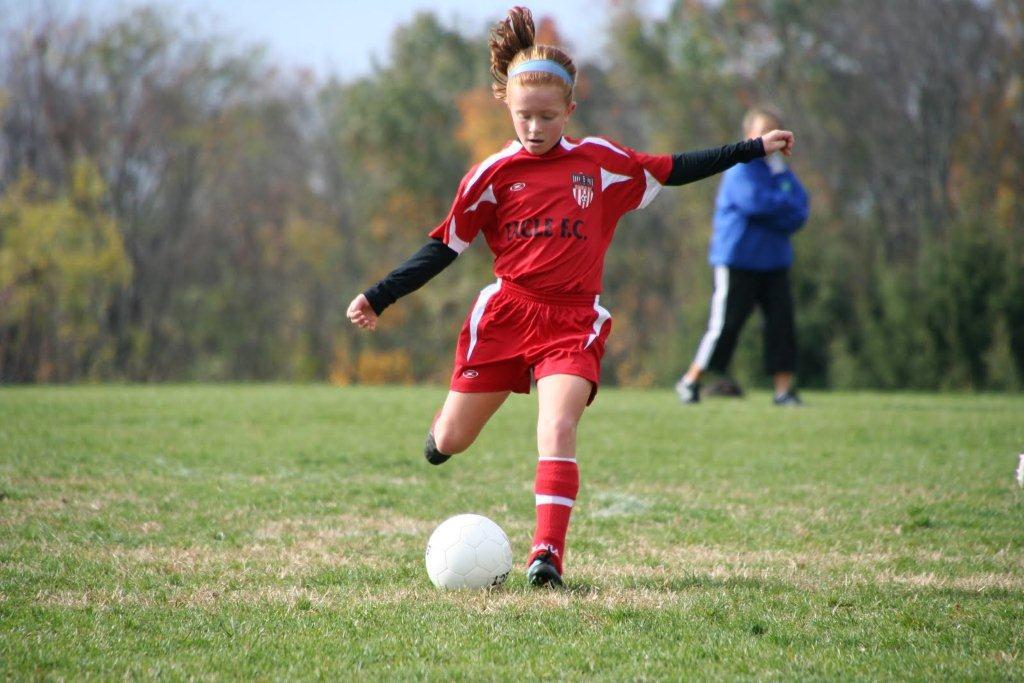|
This is a good week for the Pennsylvania part of the family.
Our oldest grandchild, George, forgot to check his email Monday, until 2 o’clock in the morning. Then he sent the above text message to his parents, down the hall. I keep telling George he reminds me of me, a late bloomer. He fell in love with the state university at Bloomsburg, where he has some family history, along the Susquehanna River, two hours from his home. He’s had a pretty good year – made himself into a reliable wrestler, holds a job in a nice supermarket chain, got his license and a car, but was sweating out college, until he discovered the email from Admissions. George’s enthusiasm at getting into the college he wanted reminded me how I felt at home the first time I walked onto the nice little campus of Hofstra College a long time ago. There are many right colleges for people, as Frank Bruni is saying in his latest book, “Where You Go Is Not Who You’ll Be,” aimed at people facing the elite-college-admissions rat race. All colleges have good teachers, good courses, a mix of students. We think he’s going to thrive. George's sister is also having a good week. Lulu and her dad Peter (and later her mom Corinna) are flying to Las Vegas for the Players College Showcase soccer tournament, attended by many college coaches. Lulu plays for the FC Pennsylvania Strikers, currently rated fourth nationally in the 15-and-Under class, coached by Jim McLoughlin, a former Canadian Olympian and member of the old New York Arrows. Lulu travels from Harrisburg to the Philadelphia suburbs once or twice a week for practice, competes with very good players for playing time, and also plays for the high school team with her friends from home. She’s an A student and is thinking about becoming a doctor. There are no guarantees, plenty of work ahead, day by day. For the moment, George and Lulu are having a good week.
Thor A. Larsen
3/18/2015 10:12:53 am
Wonderful stories! These are the reasons grandparents like us are so excited for the future of our grandchildren! Very best wishes to them both.
Altenir Silva
3/18/2015 02:54:40 pm
Dear George, 3/19/2015 09:05:32 am
George
George Vecsey
3/19/2015 12:23:40 pm
Alan, thanks, actually she was with a different team a few years ago. This one travels all over the region...and the country...and is run first class, with attention to studies and social niceties. 3/19/2015 11:55:46 pm
George
Thor A. Larsem
3/21/2015 08:13:41 am
Dear George,
George Vecsey
3/21/2015 11:11:44 am
Thor, I absolutely agree. The prices of "elite" colleges are out of sight. We have a friend whose daughter is going to Binghamton -- a very good school, not easy to get into, and she is thriving, and not breaking the bank. No matter what school, there will be challenging courses and teachers who want to teach. Thanks, see you soon, GV
KL Bob
3/24/2015 12:36:46 am
What a great piece, really heartwarming. A "late bloomer!" I'm going to sleep better tonight knowing I really don't have to fret myself too death about my 5th and 7th graders (yet!).
George Vecsey
3/25/2015 07:47:06 am
Bob, thanks. Kids grow at different rates, boys slower, I think. (Certainly me.) Did I make my parents fret. Best, GV Comments are closed.
|
Categories
All
|











